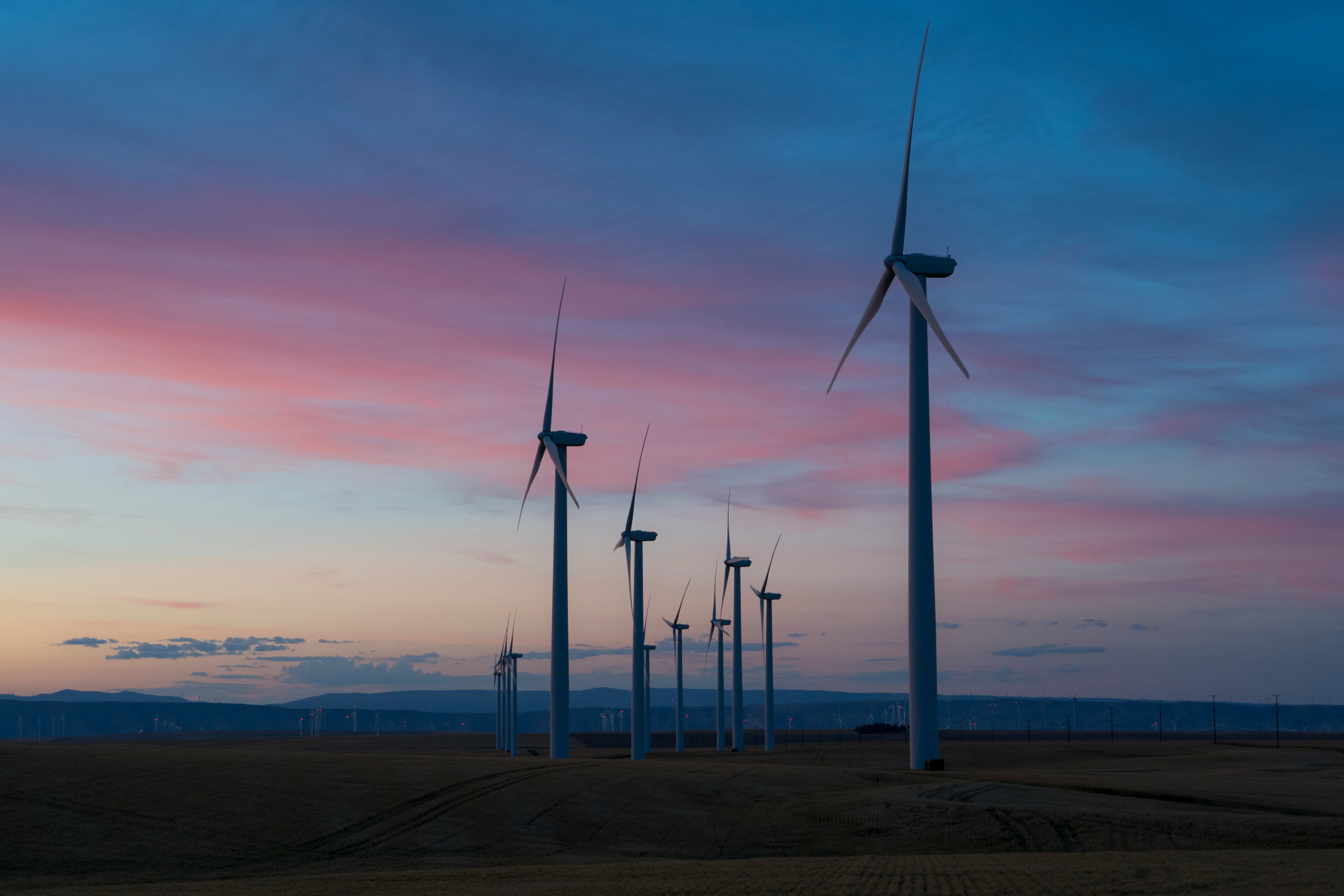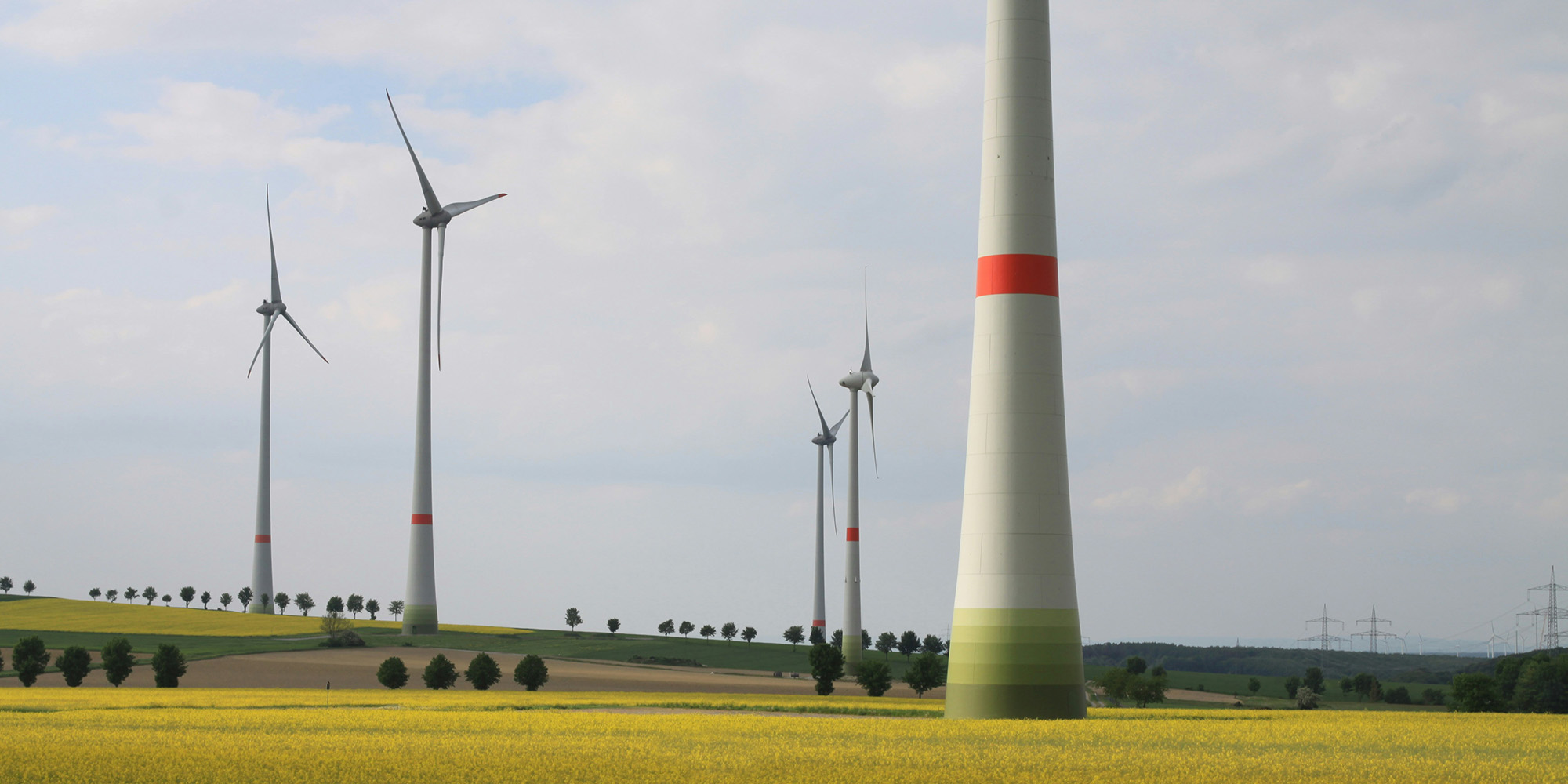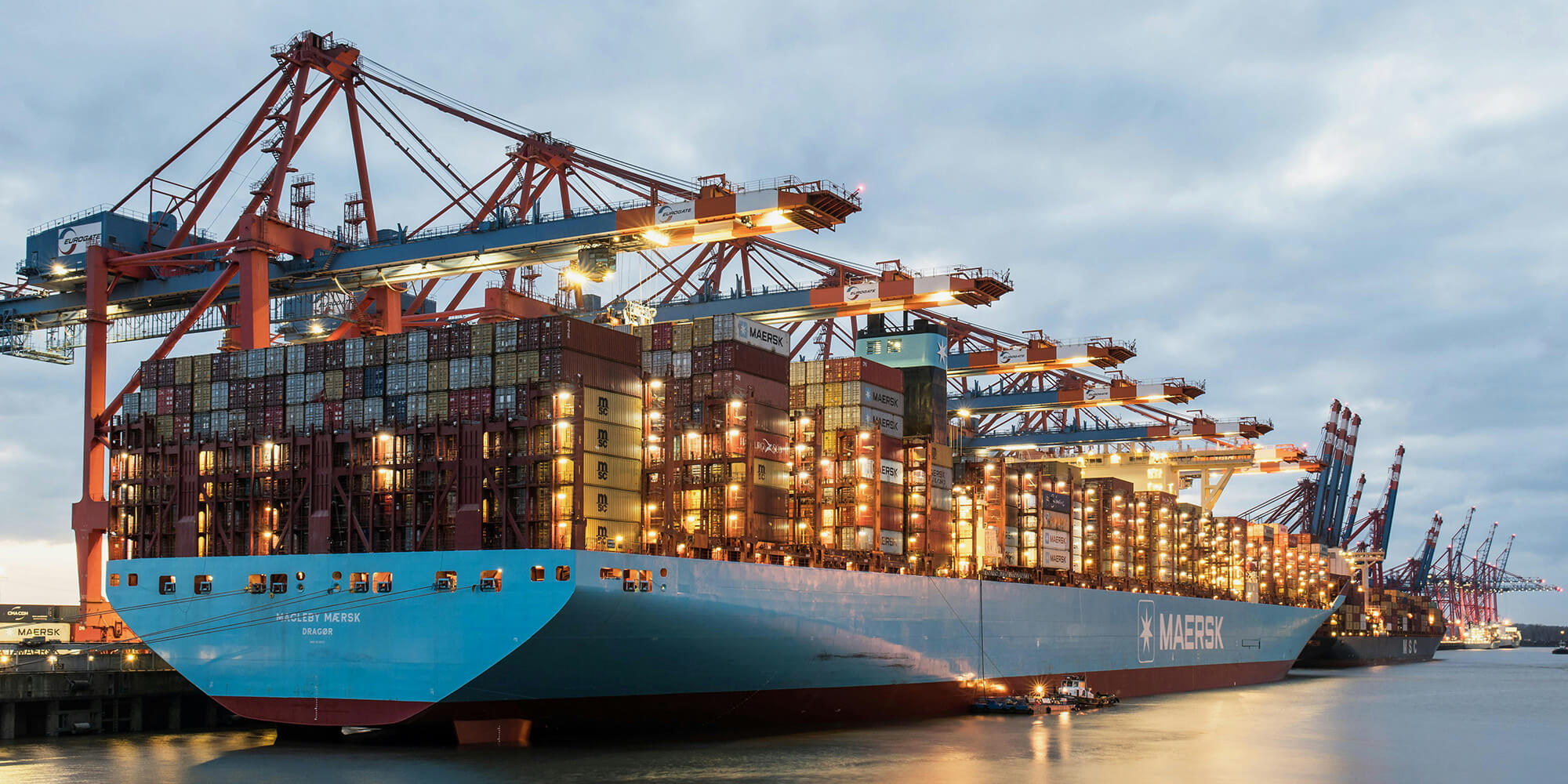This article explains how GO cancellations work, who validates Scope 2 emissions reductions, and the most common pitfalls companies face when reporting their renewable electricity consumption.
The cancellation of Guarantees of Origin
To cancel a GO means to retire the certificate and allocate the corresponding volume of renewable electricity to a final consumer. In doing so, the buyer obtains exclusive rights to the environmental benefits of the purchased energy, such as reduced emissions.
GO issuances and cancellations take place within national registries managed by organisations that are part of the Association of Issuing Bodies (AIB), which maintains, develops, and promotes the GO energy tracking system. Ecohz holds accounts in these registries to perform cancellations on behalf of corporate clients.
What is the process to cancel a GO?
- Ecohz reaches out to its network of renewable energy producers to source GOs that meet the requirements established by the buyers.
- The GOs are transferred to the appropriate registry for cancellation. For instance, clients can choose Norwegian GOs and have them cancelled for consumption in the Netherlands.
- GOs are cancelled and a cancellation statement is issued by the registry. Ecohz sends this statement to the buyer to serve as proof of the transaction and renewable energy ownership.
What information do cancellation statements contain?
The information contained by cancellation statements can vary between registries. However, the most detailed will include:
- Volume: Provided in megawatt hours (MWh)
- Name, commissioning date and location of the production device(s): GOs trace energy to a specific production installation. The age of the power plant(s) is important for reporting to RE100 and other standards.
- Renewable technology: Whether solar, wind, hydro, geothermal or other.
- Country of consumption: This can differ from the country of production.
- Consumption period: It can vary from the production period.
- Cancellation purpose: Most companies will use GOs for their own disclosure activities.
Common pitfalls when cancelling GOs
Although GOs are, in principle, recognised by every AIB member country, some have specific rules. Italy limits which entities can cancel GOs. In the Netherlands, buyers need their own accounts in the national registry.
Countries also have different rules and deadlines for GO cancellations. France, for example, requires monthly matching, meaning that GOs must be cancelled for consumption occurring in the same month they were produced.
Being aware of these particularities is crucial for ensuring renewable energy consumption is validated by auditors and reporting standards. Ecohz helps companies across Europe navigate these policy issues and carries out cancellations for customers in every European location.
Decarbonising electricity use: who validates Scope 2 emissions reductions?
It is the job of third-party organisations, auditors and, in some instances, governments to set the rules for documenting emissions reductions and verify corporate claims.
For example, when companies disclose the sources of the electricity they consume in their annual or sustainability reports, an auditor might require proof of the electricity’s origin — which is achieved through GOs.
The European Union also has reporting requirements for companies over a certain threshold, which are currently being revised.
Most Scope 2 emissions reporting worldwide, however, is done voluntarily and is governed by a handful of organisations, including:
- The Greenhouse Gas Protocol: Its Scope 2 Guidance provides a framework for calculating and curbing the emissions from purchased electricity.
- CDP: Runs a disclosure system for companies and investors to report and manage their environmental impact following the guidelines of the Greenhouse Gas Protocol (GHG-P).
- RE100: A global initiative comprising companies committed to 100% renewable electricity. It evaluates renewable energy claims based on CDP disclosure questionnaires.
- SBTi: Develops sector-specific guidance on how to set science-based emissions reduction targets.
What does Scope 2 reporting look like?
Most companies disclose their electricity consumption and resulting emissions using the CDP system, which, in simple terms, involves answering a questionnaire covering key aspects of renewable energy consumption. CDP then provides a score based on the credibility and consistency of the reported claims.
Buyers of Guarantees of Origin and other Energy Attribute Certificates (RECs and I-RECs among them) will, in principle, find the information they need to respond to these questions in their cancellation statements. However, the reporting process can be challenging and error prone.
CDP questionnaire section 7.30.17, used to disclose electricity usage, consists of a dozen columns where entities must provide a detailed breakdown per country or area and sourcing method, with special considerations for some locations.
Common Mistakes in Scope 2 Reporting
Inconsistencies between GOs and meter values
Electricity consumption for the reporting year must be disclosed in MWh using up to two decimal places. GOs, however, are bought by the MWh — with no fractions available. Companies must ensure they report the exact same values for GOs and their metered consumption to avoid point deductions for inconsistency.
Information lacking in green tariff contracts
Not all green tariffs deliver the information corporate consumers need for reporting. If the contracts do not include GOs, it is wise to ensure they specify important data — for example, the technology, location of production, and commissioning dates of production facilities.
Miscommunication with business units and subsidiaries
For first timers, reporting to CDP might entail a much bigger effort than expected. The questionnaire requires highly detailed information from every consumption point — the extent of which may only become apparent once reporting begins, potentially causing delays and missed deadlines.
Companies with multiple business units should start retrieving information early and maintain constant communication with decentralised procurement teams to avoid information bottlenecks.
Disregarding exemptions and exclusions
CDP recognises several exemptions in renewable electricity reporting. For example, consumption occurring in countries or areas “where the default delivered electricity from the grid is 95% or more renewable and where there is no mechanism for specifically allocating renewable electricity” does not require EACs.
There is also a maximum threshold for exemptions and rules for allocating that allowance, which companies can take advantage of to boost their renewable share.
Missing RE100 technical criteria
The CDP questionnaire has a special section for RE100 members that includes questions derived from the organisation’s technical criteria.
RE100 companies must observe the documentation instruments accepted by the initiative and follow its technical criteria — such as commissioning dates, market boundaries and sustainability guidelines. Ideally, ensuring compliance with these rules should start much earlier, in the energy procurement stage.
Consistency is essential
We cannot emphasise this enough: consistency is key. Small variations, missing decimals, discrepancies in data lines, and other minor mistakes will result in poorer outcomes. It is crucial to have a keen eye for detail and a system that reduces the likelihood of errors while maximising the value of your clean energy strategy.
How Can Ecohz Help?
Ecohz has extensive experience helping clients source renewable energy according to their specific requirements and delivering precise reports in line with CDP and other sustainability standards.
Our renewable energy experts guide you through every stage — from creating a clean energy strategy that considers EACs, PPAs and other sustainability solutions, to sourcing the highest-quality renewables and reporting them in a way that ensures transparency and boosts results.
There is value in details, and we use over two decades of experience in the renewable energy market to help you unlock it.


.png?width=3840&height=2560&name=Sun(1).png)

.png?width=3840&height=2560&name=Landscape_2(1).png)




